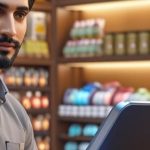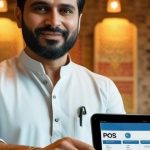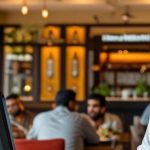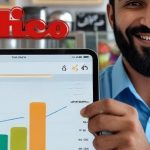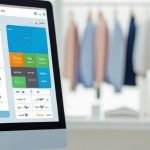Get Retail Customers to Buy More on the Go
Most consumer behavior lives in our unconscious mind. This area of the brain is a vault for automatic skills, scientific discipline, dreams, and intuition.
An unintended consequence of technology is our growing need for instant gratification. To extensively research every item we purchase seems unreasonable, and as a result, people naturally gravitate toward perceived value, which merchants can create with bulk promotions, discounts, or complimentary gifts. In the real world, this might take the shape of a bulk buy or a “free” gift with a sale from the makeup counter at your local store store.
How Retailers Can Trigger Biological Impulses
Both science and statistics tell us that individuals will divert from their curated shopping list which they’re more likely to do in store versus online. It’s just a matter of experimenting with the simplest stimuli to encourage those spontaneous purchases.
It might be difficult to urge time-strapped shoppers to peruse every inch of your store, but there are tactics you can employ to encourage them to buy on the go to further benefit your bottom line.
Let’s explore a couple of these strategies.
Choose The Correct Products
It’s important to be thoughtful about the things you place before customers of consumers when you’re trying to trigger unplanned buys. Some products are better suited to elicit an impulse purchase than others. The primary step is to know the requirements and needs of your core customer.
Keep the following pointers in mind when choosing the products you would like to sell:
Make it clear: At this point in time journey, your shopper is likely to be mentally exhausted from navigating the shop and making other purchasing decisions. Willpower is like any other muscle. Retailers could also be less successful if an item requires further explanation or it can’t easily fit in a shopping basket.
Keep it cost-effective: You want to aim for a product that’s inexpensive, appeals to the senses and conveys a way of urgency. Specialise in the inventory that’s found in every home and purchased frequently.
Jog a memory: Don’t underestimate the everyday item. Sometimes it’s not until you see a pack of gum that you simply remember you need one.
Take it a step further and validate your assumptions by testing different types of products for conversion. See what sells best in your point-of-purchase displays, and check order histories to ascertain if there are any patterns that emerge.
Draw Attention with Promotions
Consumers can’t be enticed by what they can’t see. This speaks to the commonplace tactic of stores positioning items front and center around checkout counters. Make certain to think about your core audience.
Signage is another trick to draw the attention to a specific product. Put some thought into the message. Are you trying to speak to the advantages of the product, let your customers know of the limited quantity, or the discounted price? Shoppers don’t want to regret leaving a product behind once they exit the store, so choose the foremost compelling message that plays into the loss aversion mindset.
Encourage Purchases with Strategic Placement
Beyond placing items at checkout when shoppers are in the mindset to purchase, retailers can even place products near best-selling items to draw in extra attention. Surprise and delight your shoppers by being deliberate about where you came upon certain key items. you’ll encourage purchase through association. Complementary items can ensure your shoppers get all the products they have when making a sale, and these small spontaneous purchases can really add up when boosting your bottom line.
Use Technology to Engage Customers
One of the concerns around our relationship with technology is that we’re more likely to have our eyes glued to our phone screens than the products in a store aisle. But you’ll meet a customer’s eye without forcing them to look up from their screens with the assistance of a bit of strategic placement in the app store.
A branded app can keep a customer in your store longer, and offers the chance to push location-based promotions, thus driving more of these unplanned purchases you’re wanting to see. Location-aware beacon technology can deliver real-time discounts to customers’ smartphones as they walk by a specific item in the future . Beyond reaching the customer through retargeting and personalization, the technology will eventually connect the store to the web of Things to create an immersive, always-on retail experience.
Understanding what lies within the unconscious mind of a customer and testing a large number of tactics in store can assist you in uncovering the right mix to trigger an impulse buy and drive sales.




